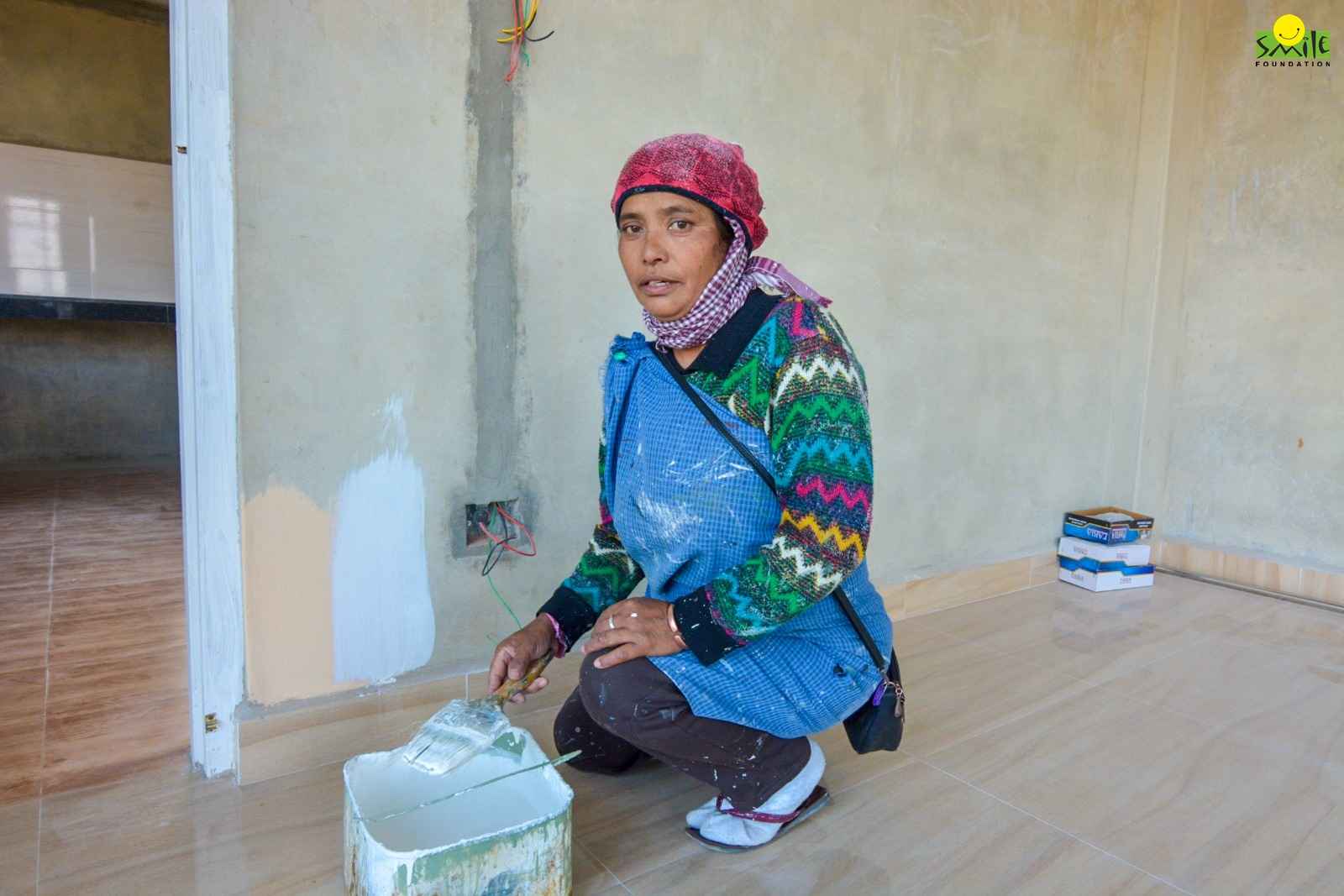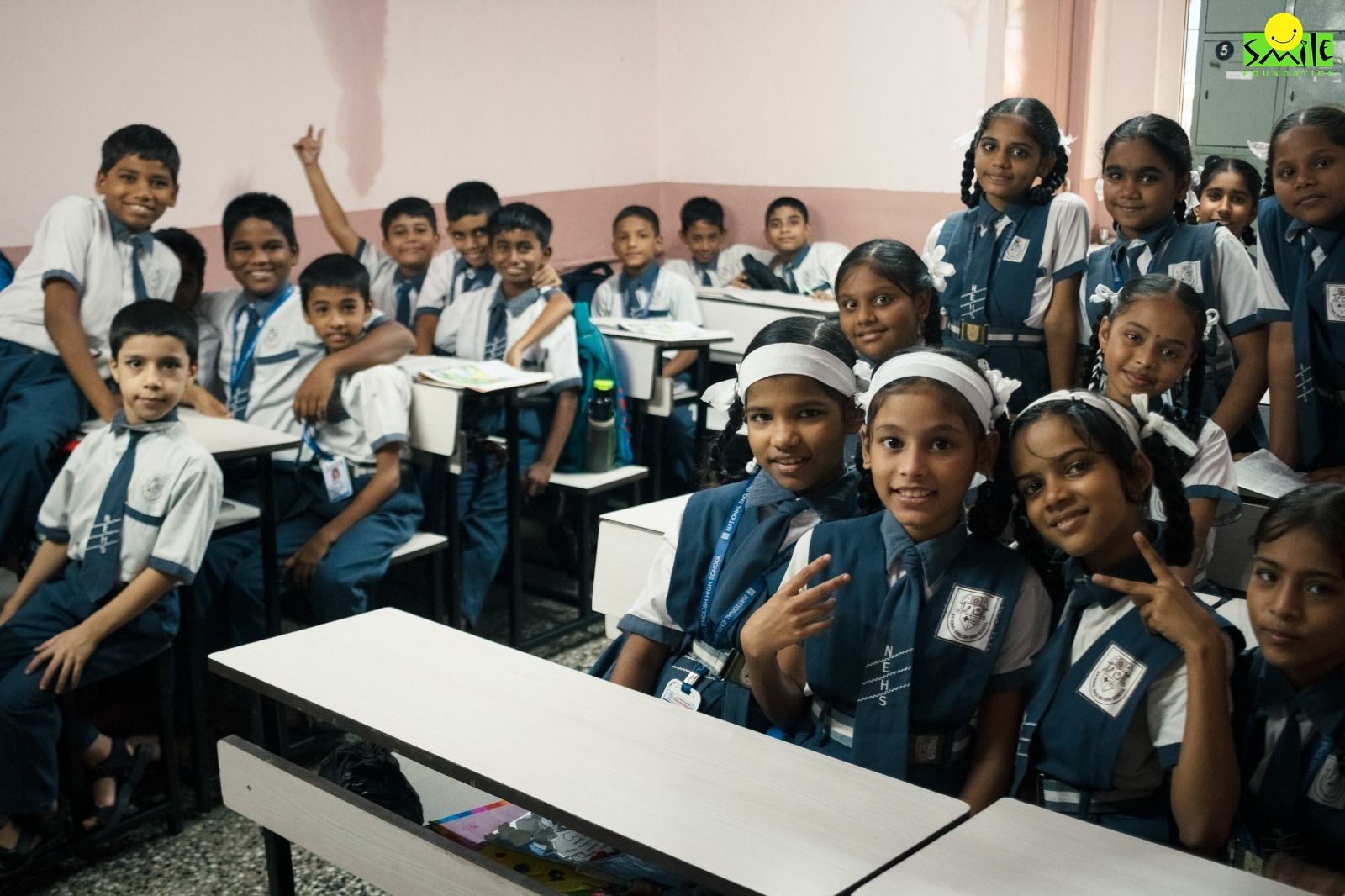India is firmly on the growth path. It is among the few countries worldwide to resist recession and will be the fastest-growing economy in 2023, per the International Monetary Fund (IMF) estimates.
Collectively, the Indian economy can do no wrong, but financial problems exist individually. Most Indian households face inflation, low appraisals, and questionable asset performance. The Government of India (GOI) changed the tax rates to leave more money for lower-income groups. A big relief for many.
Marginalisation Problem in India
The social class system has been a long-standing issue in India. It originated centuries ago to organise society based on occupation and birth.
Untouchability was abolished by the Indian government a year after independence, but the problem somehow persists in society. Discrimination and oppression are still common in India and make it difficult for marginalised communities to access education, employment, and political representation.
The problem is ingrained in Indian culture, with discrimination against marginalised castes continuing in various facets of living, such as in the workplace, education, and politics. It results in less opportunity and access to resources for marginalised communities.
Unfortunately, social status and income are closely interlinked, with an individual’s class determining their progress in the professional world.
Social Status and Income in India
Social status is sadly a key determinant of working-class salary in India, with those from privileged social classes generally having better economic prospects. Several studies and surveys have looked into the link between social class and pay, with most drawing the same conclusion.
Such disparity in pay affects the confidence of individuals from marginalised sections, making them doubt their abilities. Additionally, it affects their household income as individuals in higher positions are paid higher than regular employees.
A similar 2019 report by the India Human Development Survey proves it, revealing that higher social class households earn thrice the average income of marginalised households. This class pay gap directly affects asset creation, with several studies proving that higher social classes hold most of India’s wealth.
Why does the Social Class Pay Gap exist in India?
The social class pay gap is the result of several factors, including social networks. Networks are extremely valuable as they open doors to opportunities.
Privileged individuals often have better access to job opportunities through their social networks. Due to their better economic conditions, they head to events and other gatherings and meet individuals from different industries. It gives them the conditions to build connections, which other marginalised groups lack.
Education is an equally vital factor affecting income and social status in India. Marginalised individuals are more likely to drop out of school due to discrimination and a lack of resources.
It limits their job prospects as education is the key to opening the first door to professional life. Limited job prospects lead to less earning potential, which affects asset creation.
India Wage Gap’s Impact on the Economy
The persistence of social inequality in India has significant implications for the country’s economic growth and development. A report recently found the top 1% in the country own more than 40.5% of total wealth in 2021.
The bottom 50% of the population (700 million) has around 3% of total wealth. This extreme concentration of wealth can lead to social unrest, political instability, and slower economic growth.
Furthermore, the exclusion of marginalised groups from the formal economy limits their purchasing power and can impede the growth of domestic markets. This, in turn, can limit job creation and economic growth overall. As a result, addressing social inequality and expanding opportunities for marginalised groups is critical for India’s long-term economic development.
Final Thoughts on Social Class Pay Gap
The social status continues to play a significant role in determining income and opportunities in India. Discrimination against marginalised groups persists, limiting their earning potential and preventing them from building wealth.
The social class pay gap also weighs indirectly on the economy as less pay to the marginalised groups reduces their purchasing power. Their contribution to the economy decreases, reducing the speed of the Indian economy.
Smile Foundation and Closing The Pay Gap
Smile Foundation believing in the concept of ‘learn to earn’, has a well-structured and dynamic livelihood programme, STeP (Smile Twin e-Learning Programme) that trains the Indian youth from marginalised backgrounds in the sectors of healthcare, core employability, retail management, digital marketing, BPO, and BFSI.
Thousands of the trained youth from this programme have been placed in global brands of high repute and social value.









